|
Guest written by Robin McGahey, an Ocean Conservationist and enthusiastic volunteer at this year's Jackson Wild Summit. Currently residing in her native San Francisco, she is the Fall Benefit Coordinator for the International Ocean Film Festival, as well as an active member in Surfrider's Rise Above Plastics Campaign. This year, the Conservation Focus at Jackson Wild is Living Oceans. Wow, that immediately makes me feel warm on the inside. Crashing waves, breaching whales, little baby turtles making their way to the water, and flourishing coral reefs are all springing to mind. What a truly beautiful idea to have been raised on. Unfortunately, today the image has changed. Whenever I hear “ocean”, more often than not my brain goes to floating plastic debris, washed up whales, bleached coral, and shark fin soup - just to name a few. Photos: Adobe Stock Photo It’s important to remember though, that this is the LIVING Oceans Summit we are going to, so although the basis is about what we have lost, the conversations are about what we still have to fight for. Like my hero, Dr. Sylvia Earle, said in her 2009 Ted Talk, “50% of the corals are gone, but 50% still remain.” The questions now are: Where do we stand? What needs to be done? What can we do? and most importantly, What is standing in our way? A few weeks ago, Australia came out with their 2019 Outlook Report on the status of the Great Barrier Reef. They officially downgraded it from “poor” to “very poor”, and unsurprisingly named climate change as the biggest threat to this natural wonder. They also said though, that the protective and management services that they have been implementing as a result of the 2050 Reef Plan and Blueprint for Resilience have been yielding positive results. Humpback Whales are coming back in larger pods, Southern Green Sea Turtles are swimming better, and some species of coral have shown signs of healing. Like this study, the conditions of the oceans across the board are very poor. Global fish stocks have been depleted by 90%, plastic is now part of the chemical composition of seawater, 880k lbs of oil is released into the ocean every year, and MPAs only consist of 4.8% of the 70% of the globe that is ocean. Our oceans, and all of the wondrous life that lives within them, have been hit worse than we could have ever imagined, all due to a lack of knowledge and care on our part. However, as there is still life, there is still hope, and most importantly, work to be done.
All in all, the Ocean, that is the reusable glass made out of recycled water bottles, was half emptied by overfishing, poaching, pollution, and discarded plastic, to name a few. In fact, it was probably more emptied by more than that. But, the glass is still half (well, a little less than) full of life, wonder, mystery, and teeming with possibility, just as we remember it from when we were little. The people and organizations that I just mentioned are just a few dedicating their lives to filling that glass back up. Many of whom, along with so many others, will be in attendance at Jackson Wild’s Living Oceans Summit, representing the outstanding work that they have done, and discussing what there is still left to do. I can’t wait to hear what they have to say.
1 Comment
We reached out to our festival filmmakers to ask them five questions about the experience of making their films.
Describe some of the challenges faced while making this film/program? Writer and Director Annamaria Talas: The biggest challenge was to create a narrative that waves in the most important and surprising things about the weird and wonderful kingdom of fungi. I believe that storytelling can be one of the most effective tool to understand the world around us, so I chose the story of evolution on land from the perspective of fungi. However, the second challenge was the sheer lack of publicly available information about their evolution and natural history. Despite having a background in biology, writing the script involved learning the ‘tribal’ languages of environmental physiology, metabolomics, paleobotany, medical mycology and deciphering the most recent findings for a television audience. When I started my research, I didn’t anticipate that these fields were about to change dramatically - even within a year - that I’ll have to rewrite the script again and again to provide the most comprehensive story of how fungi shaped our world. What impact do you hope this film/program will have? AT: From the beginning my aim was to bring attention to this little known, yet so powerful world. In our fast changing world fungi is bound to have an important role in biodiversity, agriculture, CO2 sequestration, in recycling waste and in medicine. Fungi can be our biggest allies in solving many of our problems as well as formidable enemies. Scientists in our film predicted the rise of new human fungal pathogens and just couple of years later we witnessed the emergence of C.auris as a global health threat. Any fun facts about the film/program, the subject matter or the production crew that might surprise the audience? AT: 1. The Third Mode of Life: Fungi represent “a third mode of life” alongside single celled and multicellular organisms. They are networks. Like a brain, these networks are adaptive.They respond to the environment allowing fungi to deploy nutrients where they are most needed, explore resources, combat enemies or make urgent repairs. 2. Sleeping Beauties: Spores embedded 2.5 kms under the Pacific seabed were recovered and grew to a 1 cm tall mushroom, closely related to a species called Schizophyllum commune. 3. Sexual identities: Fungi have up to 28,000 sexual identities to choose from but they can also make babies without having sex - asexually. That’s where things get tricky for mycologists trying to catalogue fungi. Fungi, depending on their choice of reproduction – sexual or asexual – appear as wildly different. In 1994, Kathie Hodge and her students from Cornell University went mushroom hunting. Among the findings was a mysterious fungus picked from a beetle grub. It was identified as C. subsessilis an extremely rare species from the insect-eating group, Cordyceps, that reproduces sexually. The surprise came, when Kathie germinated the spores and it developed into a well know – asexual - mold, that single-handedly made organ transplants possible by producing an immunosuppressant, cyclosporine. 4. Harvesting energy: all fungi have melanin, the dark pigment we have in our skin. Researchers thought melanin might be protecting the fungi against gamma radiation much as it protects us from UV rays. But according Professor Arturo Casadevall, discovered that their melanin is capable of harvesting the energy of gamma rays. In his lab, radiated fungi grew faster but only if they contained melanin. We’d long thought only plants could harvest energy from radiation. Not so, it seems fungi can do it too. What next? AT: My next documentary is investigating through the lens of Big Data how success emerge – The Science of Success. I like to think of this film as a natural history of society, where we are looking for patterns to reveal the nature of success. Big data acts as a telescope through which previously unknown social processes can be seen for the first time.
We reached out to our festival filmmakers to ask them five questions about the experience of making their films.
What inspired this story?
Director Jeffery Waldron: Years ago, my co-director Shannon Service (and her writing partner) published a story on NPR about slavery in the Thai fishing industry, detailing the unbelievable true story of an escaped captive fisherman. Moved by the piece, producer Greg Kwedar reached out to Shannon and I about making a documentary. Over the next six years and many trips to the region, we began to weave the elements that would become Ghost Fleet; challenging ourselves to balance the unfolding journey of our hero, Patima, with strong visceral imagery echoing the experiences of the enslaved men. Describe some of the challenges faced while making this film/program? JW: There are many challenges to shooting an international documentary like Ghost Fleet. With multiple trips over the years — last minute crew and equipment availability, improvised travel plans, expedited visas, and the inherent dangers of working in sensitive areas and subject matters were among the trickiest waters to navigate. The language barrier was a major hurdle with six languages appearing in the film. There were as many logistical and creative challenges in the edit room as behind the camera; again with so much translation required, so many capture formats (with more than seven different camera systems), but especially in discovering and establishing the subjective language of the film — fitting those many hard-won puzzle pieces together.
How do you approach storytelling?
JW: Our aim was to tell this story with visual elements as gripping and memorable as a narrative film — knowing that there’s a big difference between simply educating an audience about a topic and making them feel and empathize in a deeper, sense-driven way. Balancing Shannon’s amazing journalistic instincts, and my experience as a narrative cinematographer and photography-forward documentary director — we were able to combine our strengths. What impact do you hope this film/program will have? JW: Our dream is that this film moves people; emotionally, in empathy with the plight of the thousands of still enslaved or marooned men; inspired by the continuing works of our hero Patima; and in action, to look more critically at the fish they buy, to share the film and its message with everyone they know, and to donate to Patima’s efforts at wesaveoursons.org.
We reached out to our festival filmmakers to ask them five questions about the experience of making their films.
What inspired this story? Producer, Director and Camera Operator Nick Lyon: When we were looking for a location to film Painted Wolf we knew for this sort of film we wanted there to be a change – something the film could build around – so when we discovered Mana Pools and the amazing backstory of Tait (who our guides had known her entire life) it was clear given her age that she was unlikely to survive to the end of filming – this was enough to know we had some essential building blocks for a film. The presence of three related packs within driving range gave us insurance packs if the worst case scenario happened and the pack collapses (indeed a nearby pack all got poisoned by elephant poachers during our filming). We could never have foreseen the complex interpack story that unfolded in front of us, but our filming approach allowed us to cover what turned out to be a Shakespearean drama. What did you learn from your experience making this film/program? NL: I’m not sure if anyone has followed painted wolves so intensively for such a duration before. I can understand why – it is incredibly hard, there are huge distances involved, and it is easy to lose them in thick scrub, but the more time we spent with them the more we were able to predict their next movements. It got to the point by shoot 8, where the pack would wake up and stretch, and we would race off as they were doing their greeting ceremony and set up cameras 5 kms away ready for the morning hunt. It wouldn’t be long before the whole pack would be bounding past us in full pursuit. They could have gone any direction, 360 degrees from where they woke up, but we had become so tuned to their rhythms and those of the park that we had a feel for what they were doing and when and why. The guides taught us about how slight changes in water level have huge impacts on how they move and navigate their landscape. We found that most of their large movements were dictated by the movement of lions within their ranges, and the more we learned about their fear of lions the bigger we knew Tait’s sacrifice was when she reluctantly led her pack into exile in the pridelands. We also learned that the behavior of painted wolves can vary massively from location to location. I would be reading scientific literature which made broad sweeping claims about these animals that just didn’t ring true in Mana Pools. I think it is fair to say that from place to place packs pass down different “cultures” that are appropriate to the diverse habitat types they are found in. The received wisdom is that painted wolves do not hunt baboons, furthermore on balance even predators such as leopards are thought to actively avoid hunting baboons, however we recognized a big shift in behaviour during our filming period. Whilst there had been the odd, sporadic sighting of the packs taking baboons, it was very much the exception, until 6 months into filming where suddenly we noticed lots of baboon body parts being brought back to Blacktip’s den, and the slightly gory sight of cute puppies playing tug of war with baboon arms, or “football” with baboon heads. They started off being small individuals, but as time went on we started to see them hunting baoons on the floodplain (wereas previously they had been hunting them in the thick brush of the backcountry). The baboons they targeted got bigger over time as they refined their hunting techniques. The alarm calls of the baboons also started to change. They started with a warning call for leopards (that was quite furious) and a totally different call for lesser threat predators – they did the same call for the painted wolves as they did for the lions. After the baboon-hunting began the baboons started using their leopard alarm for the painted wolves. Sometimes this would see whole groups of baboons emptying out of the trees to avoid being ambushed in the branches, only to fall prey to a pack of 30 painted wolves. It would be interesting to know if since then they have developed a unique call for the painted wolves. This baboon alarm call spread down the floodplain over the next year, and then again when animals dispersed from Blacktip’s pack and joined Tammy’s pack we saw the baboon hunting behavior move with them and get passed on to the other pack members. We had so many baboon hunting records on our cameras that it provided close to 80% of the statistical data of a paper I co-authored with zoologist Esther van der Meer on active selection of baboons by painted wolves. For reference: research paper "Dangerous game: preferential predation on baboons by African wild dogs in Mana Pools National Park, Zimbabwe" linked here.
How do you approach storytelling?
NL: With this film in particular – starting as we did with 3 different packs, and covering in our time 91 different individual painted wolves, we had a big challenge. Because we were committed to telling the truth “warts and all” – we didn’t know who would rise or fall in the period of filming, and there were many surprises along the way, that would have been real curveballs if we had focused our attention on fewer individuals too soon in the process. So we approached the storytelling like an observational documentarian would with a people story, building numerous backstories and getting footage of all the animals so that as we recognised who would be the important players, decision makers, the rising alphas, we could go back through the rushes to tease out these individual’s stories. We then had the challenge of fitting in sequences that involved wonder, spectacle, behavior and insight at the same time as keeping the audience on track with a developing narrative of two distinct, but related and interacting packs. At one point we had a board of 60 possible landmark quality sequences on post its, and had to really work hard to keep the central themes going, stick to the correct chronology and make sure all our named animals were the correct animals – it was quite a challenge. What impact do you hope this film/program will have? NL: I felt going into this film that I was dealing with the underdog of the series – the one that was least known and most misunderstood. My hope was that by the end of this film not only would people know what a painted wolf was – but that I may become their new favourite animal – and this has certainly been a lot of the feedback I have received on social media. I have also had the opportunity to speak about the filmmaking process, co-author a scientific paper, and engage the audience with the plight of this species. Working in collaboration with an incredible artist in the UK - Emily Lamb - her paintings of my photos are now pulling in funds for frontline conservation of this species and more. Were there any surprising or meaningful moments/experiences you want to share? NL: We had a panic early in the filming process, where Tait suddenly and inexplicably disappeared. We saw her pack so knew they hadn’t just moved to a different area (which can happen), but Tait would never have gone off by herself so after a week we began to fear the worse. We did, however, notice that the pack never rested on the floodplain during the day after their hunt, which outside of puppy time was their normal behavior. They kept running back into the back country away from the river after their morning hunt – typical of their denning behaviour. We realized that they must have Tait holed up somewhere; and they were clearly going back to feed her, regurgitating meat from their hard earned hunt for their beloved leader. Sure enough, after 2 weeks of absence, an older and more worn Tait re-appeared. We’re not sure what happened to her, but it was clear her pack looked after her and nursed her back to health. She was never quite the same after this moment, but even in her weakened state their was never a challenge to her leadership, the pack really loved her, and from then on we frequently saw different members of the pack regurgitating food for her. It is a rare thing to see in the natural world and I found the relationships between pack members very moving. Any fun facts about the film/program, the subject matter or the production crew that might surprise the audience? NL: We spent 669 days in the field. To follow the packs we drive 51,000 miles. In a single wet season shoot we had 22 punctures. We did 60 nights of following the packs after dark with thermal cameras. We recorded 313 hours of “selects” – the high quality footage that could have made it into the show. We worked with 9 professional guides and 9 specialist camera operators. The working day was normally 03:30 to 22:30, and the heat of the day was often spent snoozing in a sandy river bed near our packs, obviously being mugged by sweat bees! Anything else you would like people to know? NL: There has been some feedback from the scientific community that there are moments in the film that “anthropomorphise” the characters. It is an interesting, but broadly outdated, concept. Anthropomorphism is understood as ascribing human-like characteristics to animals – but is largely based on the cultural construction of an arbitrary human-animal divide. Research and understanding have progressed in such a way that the whole human-animal divide has been blurred and we are very much recognized as human animals. Many of the traits perceived to be peculiar to humans have been found present in animals, ranging from tools use, theory of mind, teaching and language. Those of us who have spent serious amounts of time studying and filming animals in the wild, or even owning pets know that emotions are not a peculiar to the human condition, and we are just one of many animals to experience emotions. With that in mind I would like to say that we worked very carefully on this film to ascribe reactions to these animals that we truly believed them to be having and not, as some have accused us of, made up to create a more compelling story. I think it is important that we don’t hamstring ourselves in the telling of true stories by fear of being accused of anthropomorphism – it is a dangerous construct that I believe bolsters exploitation of the natural world and individual wild animals and domestic animals, and that is our philosophical and ethical duty to represent the truth, and not be swayed by hidden agendas of those who would attempt to discredit us in the process. |
Archives
March 2024
Categories
All
|
Contact UsJackson Wild
240 S. Glenwood, Suite 102 PO Box 3940 Jackson, WY 83001 307-200-3286 info@jacksonwild.org |

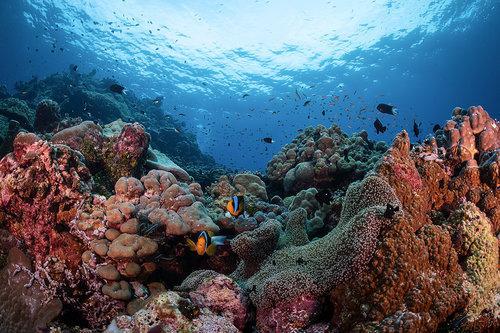
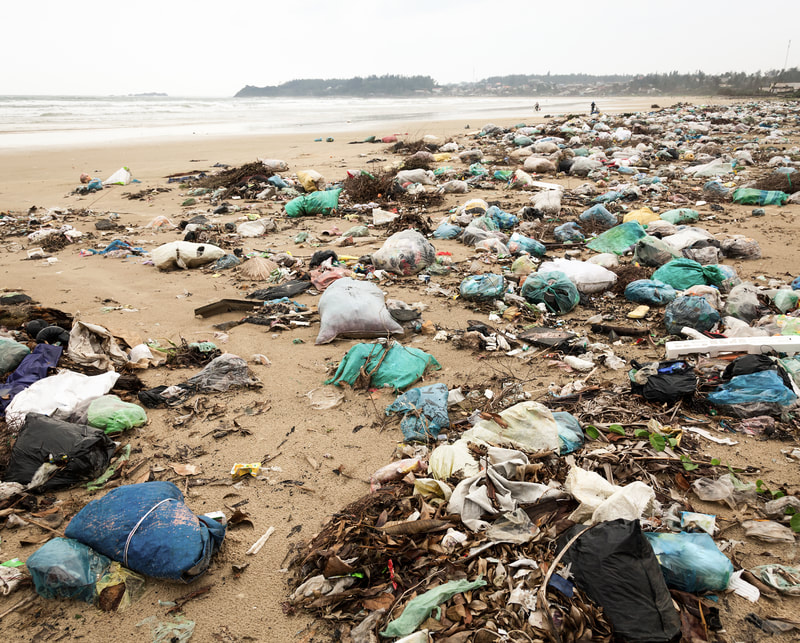
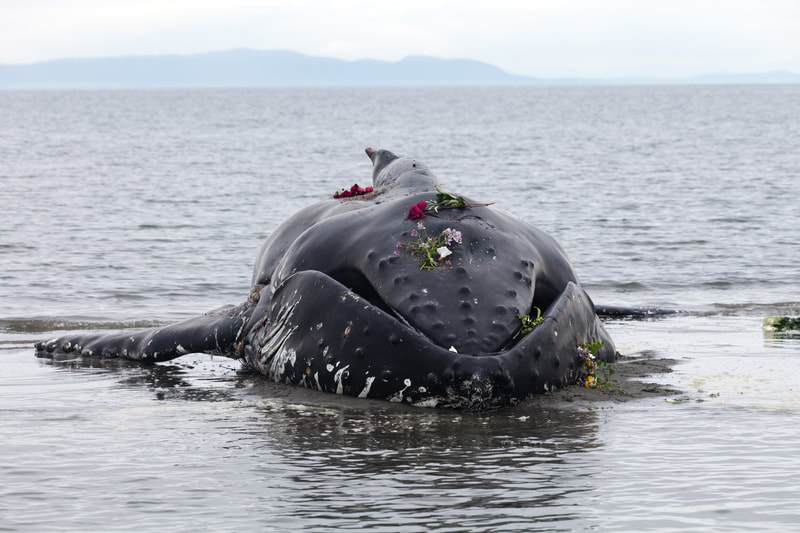
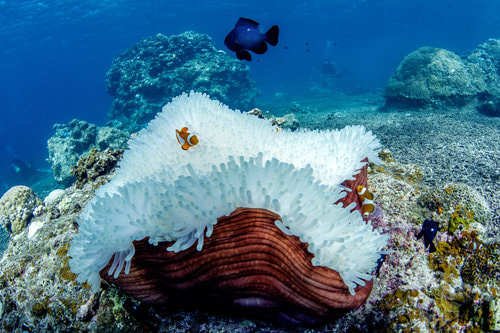
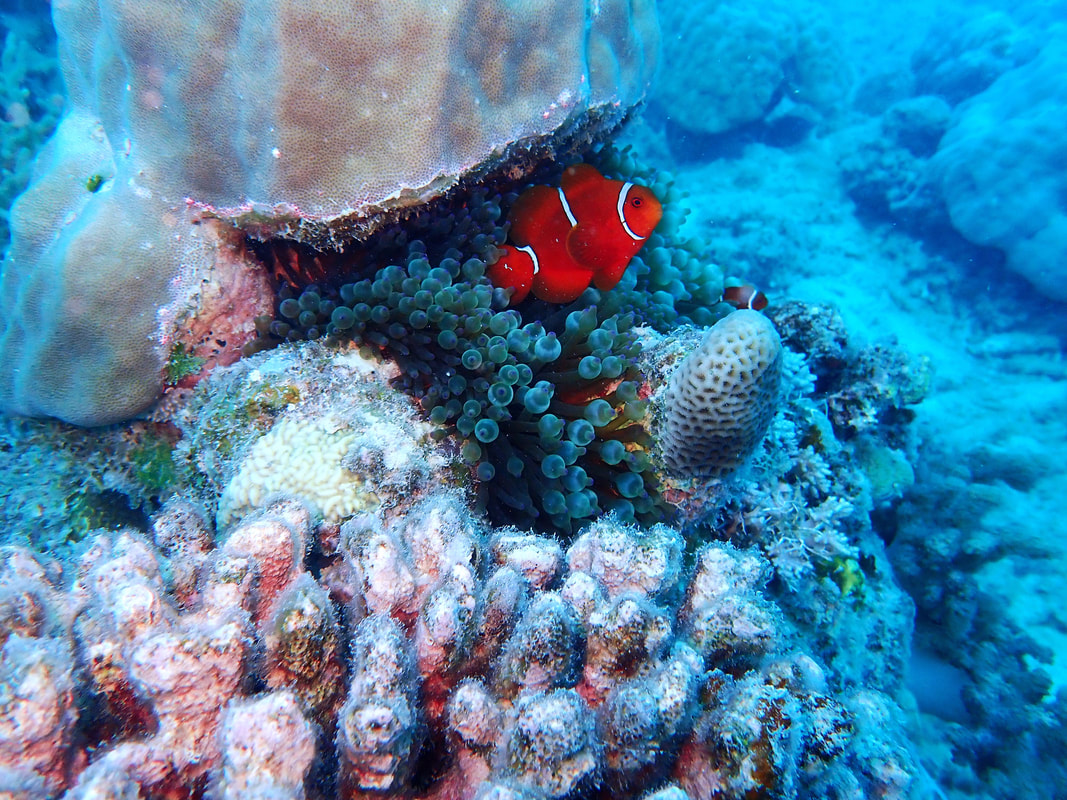
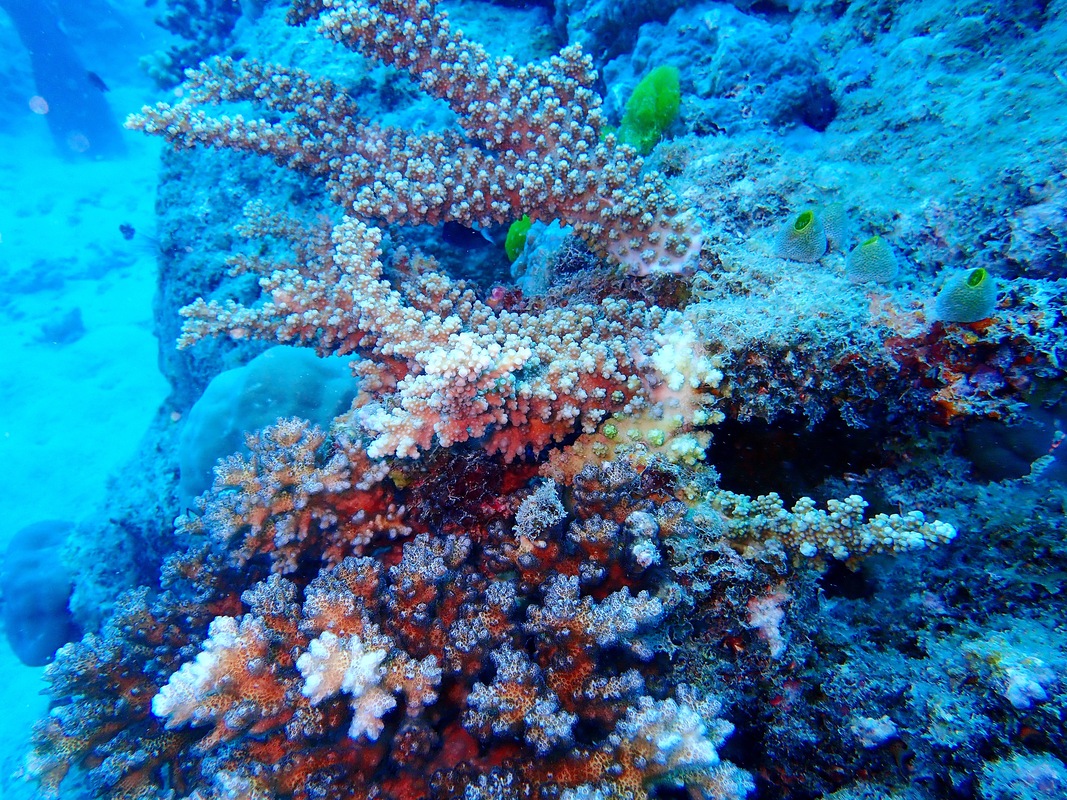

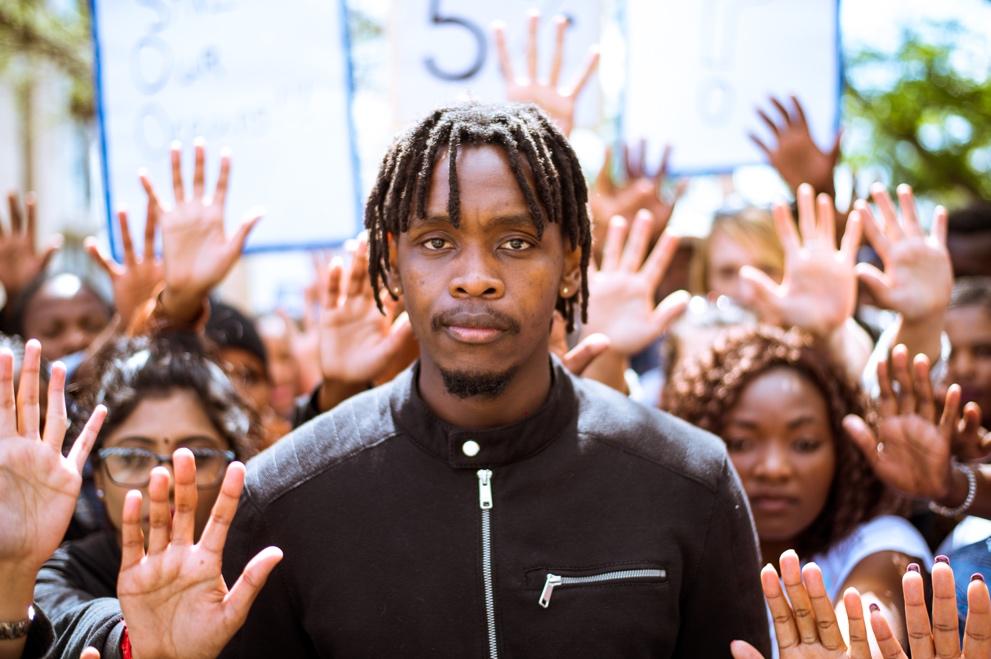
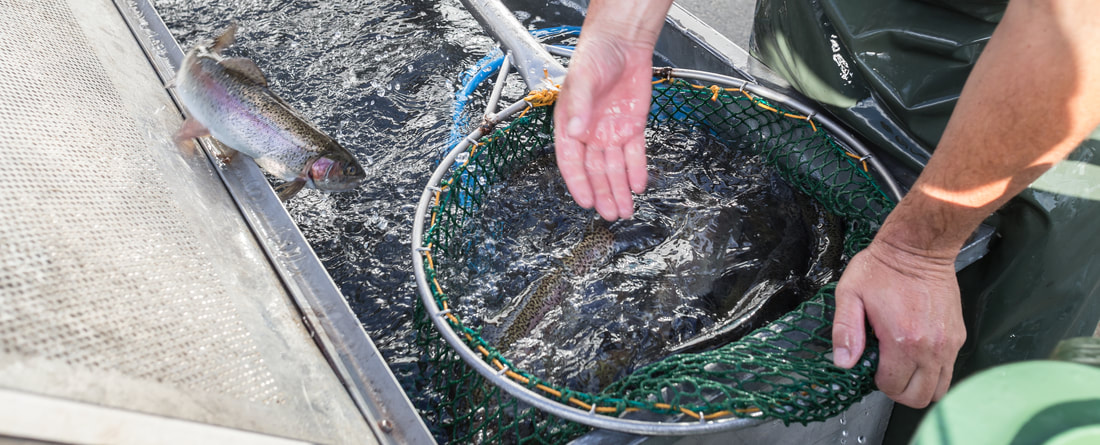
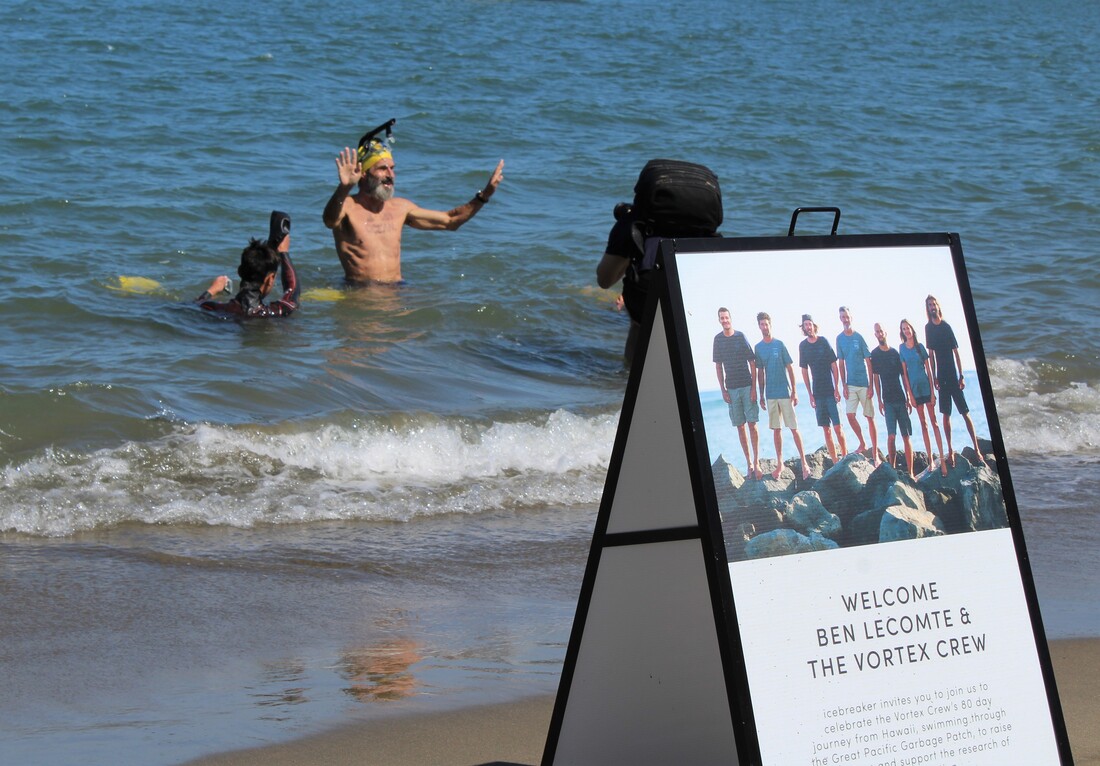
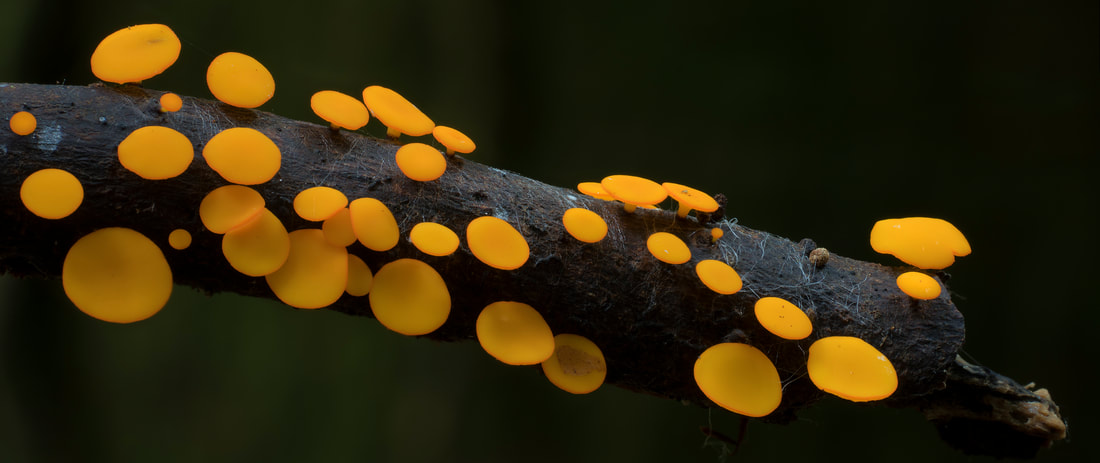
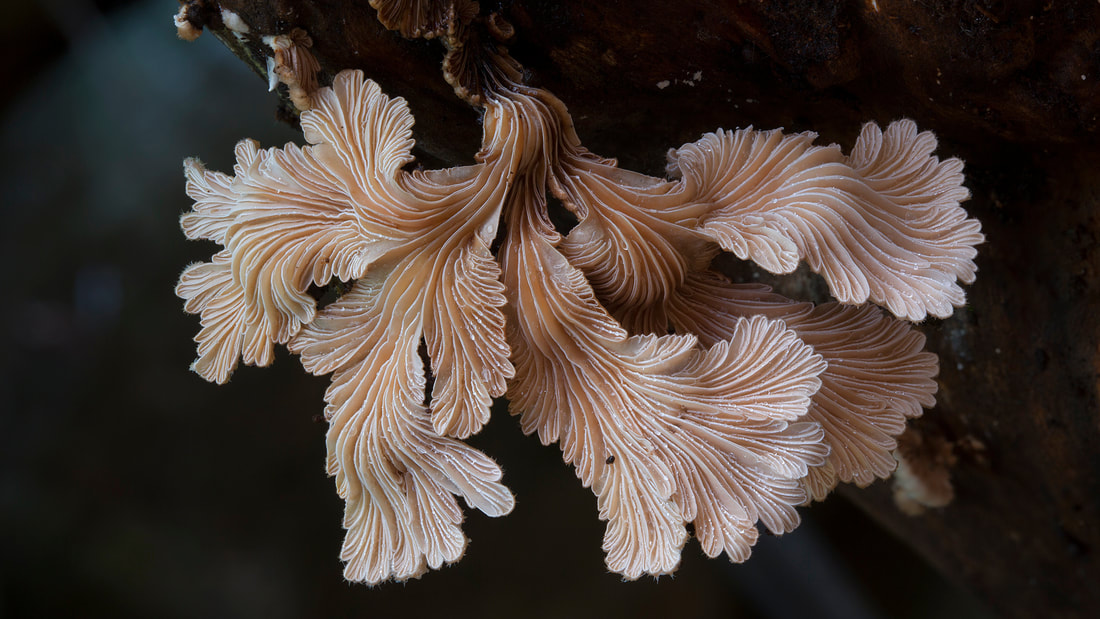
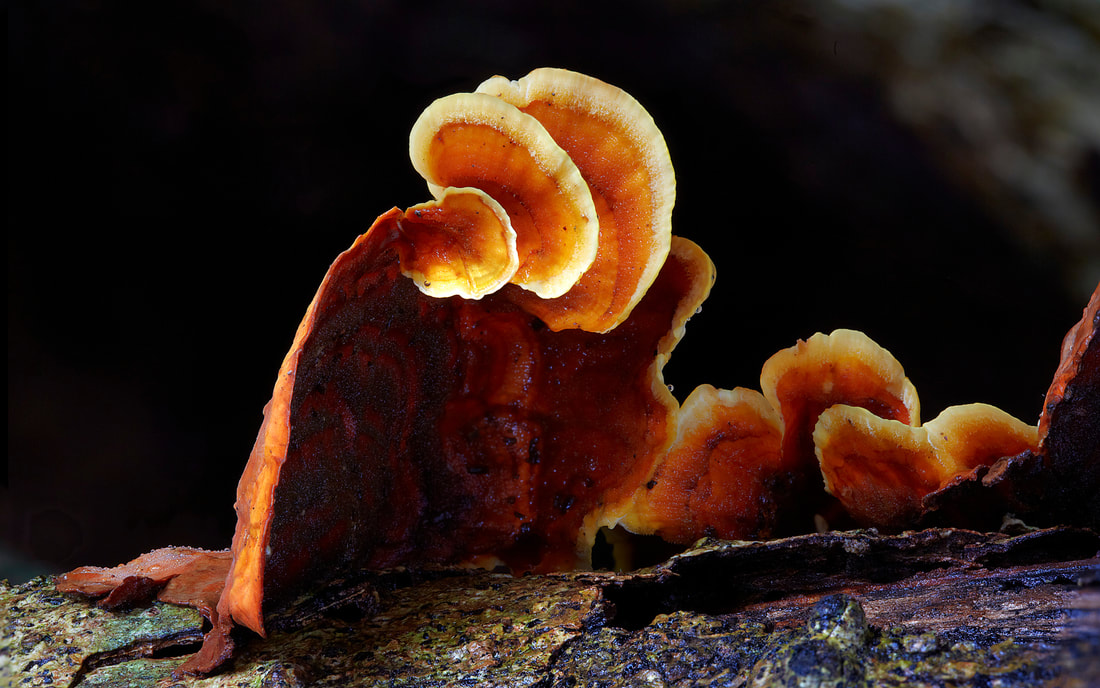
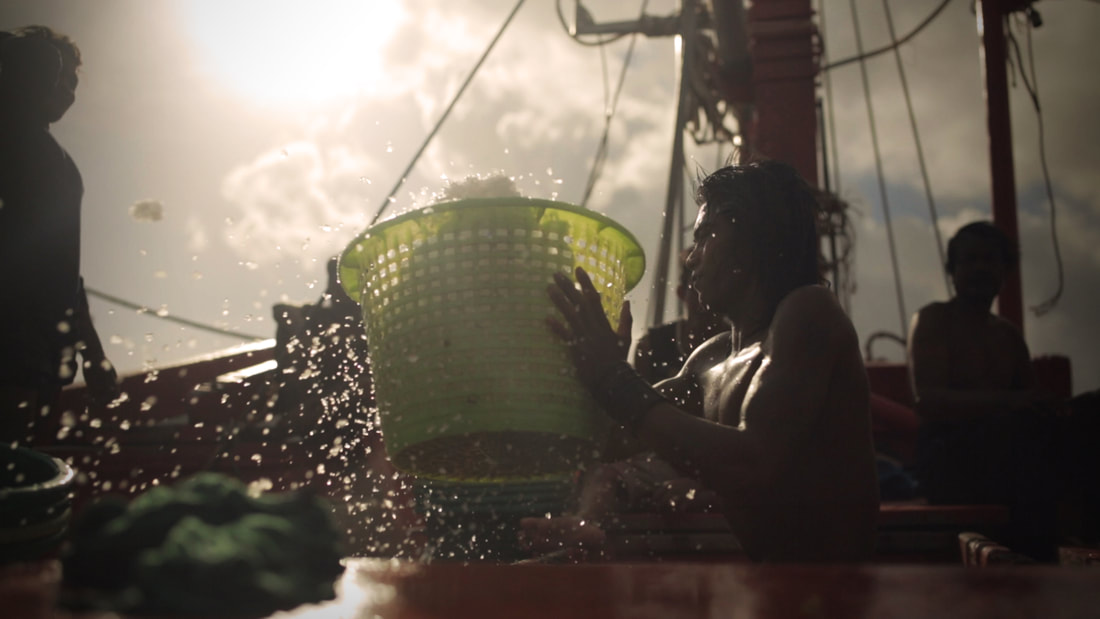
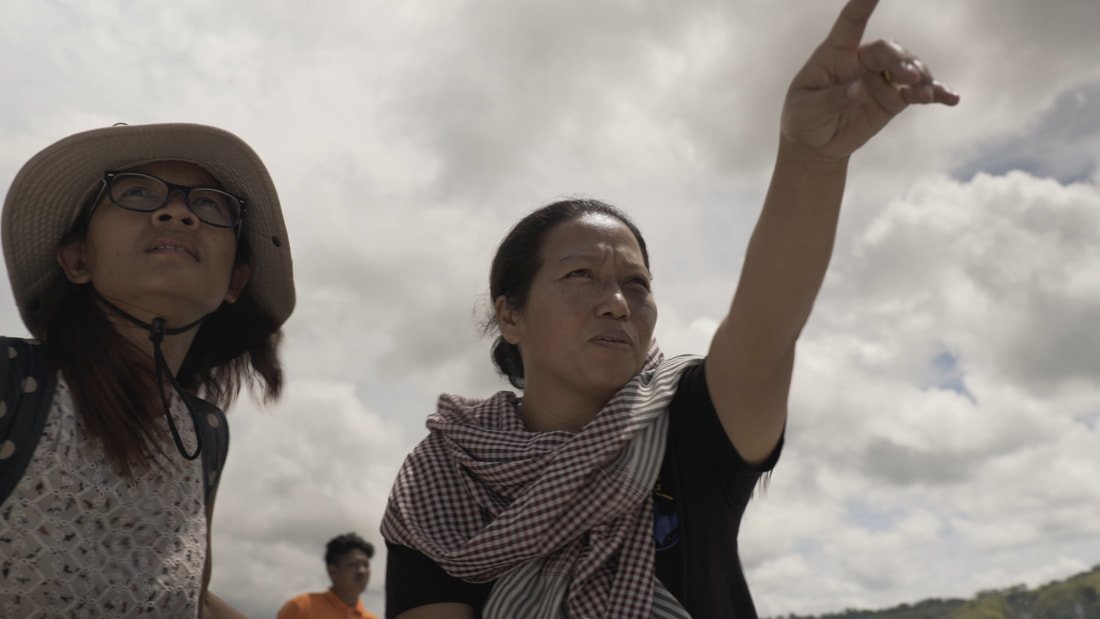
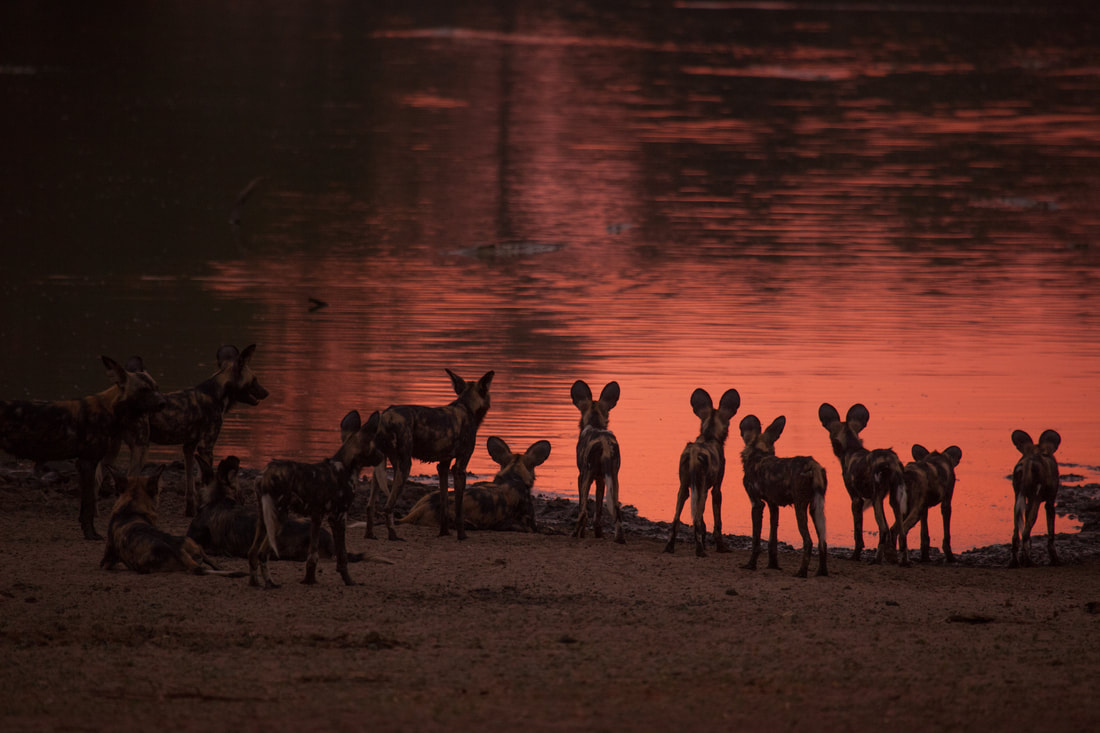
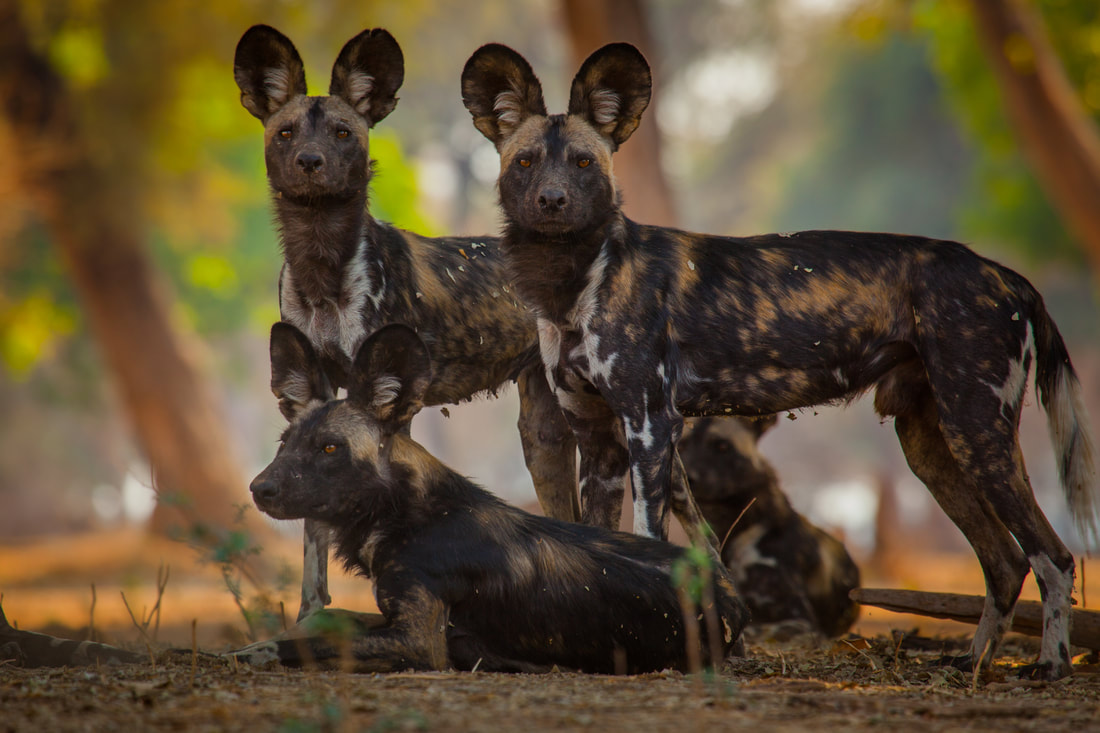
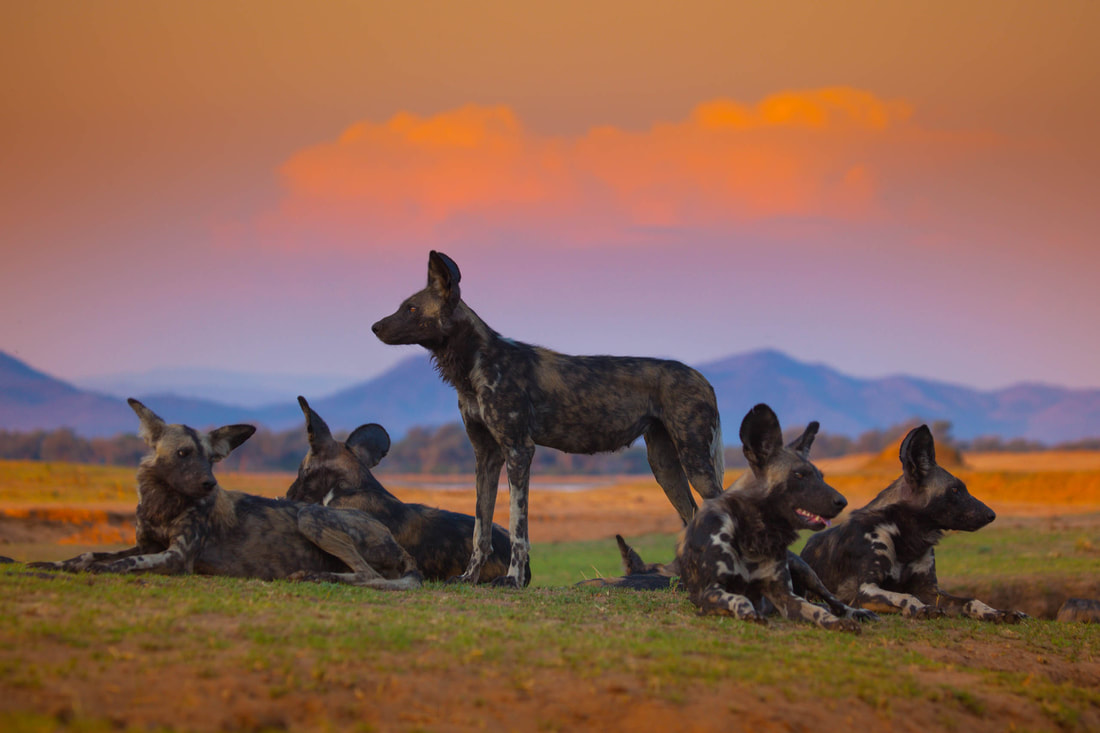
 RSS Feed
RSS Feed